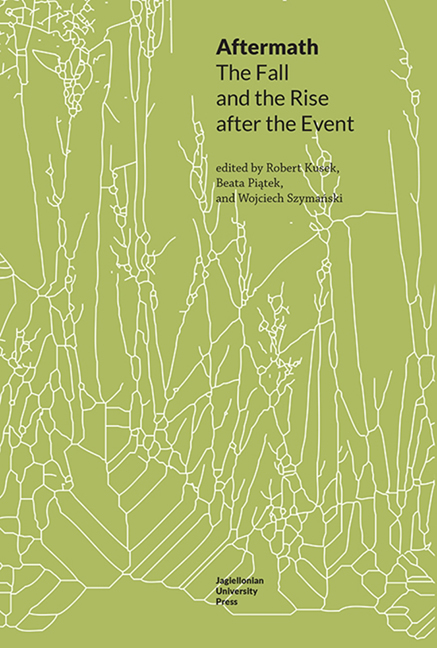“Phantom Growth”: Post-Traumatic Healing in Ian McEwan's The Child in Time (1987) and Julian Farino's TV Adaptation (2017)
Published online by Cambridge University Press: 06 November 2021
Summary
In Ian McEwan's best-selling novel Atonement, the protagonist Briony Tallis utters words that could apply to a vast majority of the author’s fictional characters: “a person is, among all else, a material thing, easily torn, not easily mended” (McEwan 2001: 304). While disaster comes fast, healing and reconstruction can be painfully slow and tentative. In the profoundly dystopian and satirically Thatcherite context of The Child in Time (transposed to Blairite times in the TV version), a fouryear- old girl, Kate, is abducted from a supermarket never to be found again, and the narrative retraces her parents’ desperate attempts to recover from this cataclysmic event, the impossible process of mourning for their lost child without knowing if she is dead or alive. The consequences of the loss are seen through a magnifying lens, focusing on the father Stephen's reaction, which oscillates between undying hope and absolute desolation.
Both the 1987 novel and the 2017 televisual adaptation by Julian Farino for the BBC probe the magnitude of the traumatic aftermath. The contrast is stark between an idyllic prelapsarian past that appears in brief melancholy flashbacks and a nightmarish post-traumatic present. If, according to Alain Badiou, an event constitutes “a break with the ordinary situation in which it takes place” (Badiou 2005: 30), here, ironically, a mundane trip to the supermarket, an archetypal emblem of mass consumption, marks the beginning of a story of tremendous loss and deprivation. When the plot begins, the catastrophic event has already happened and there is no altering it: the story unfolds after the abduction, in the aftermath of the event.
This article will revolve around the post-traumatic climate instilled by Ian McEwan in the novel and its transposition into the language of visual art by Julian Farino, as the protagonists start their non-linear journeys from post-traumatic disorientation to recovery and acceptance, healing and post-traumatic growth. The concept of “post-traumatic growth” itself was coined by Richard G. Tedeschi and Lawrence Calhoun, and can be defined as follows: “all who experience personal growth as a result of trauma strengthened themselves by struggling to cope at the start, then made profoundly enlightening discoveries, and incorporated these discoveries into a life path” (Tedeschi and Calhoun 1995: 41).
- Type
- Chapter
- Information
- AftermathThe Fall and the Rise after the Event, pp. 77 - 90Publisher: Jagiellonian University PressPrint publication year: 2022



